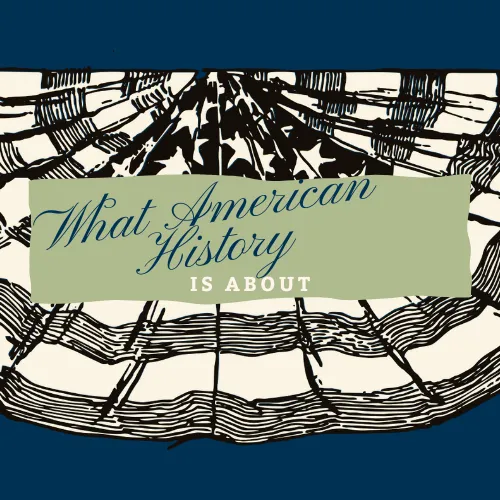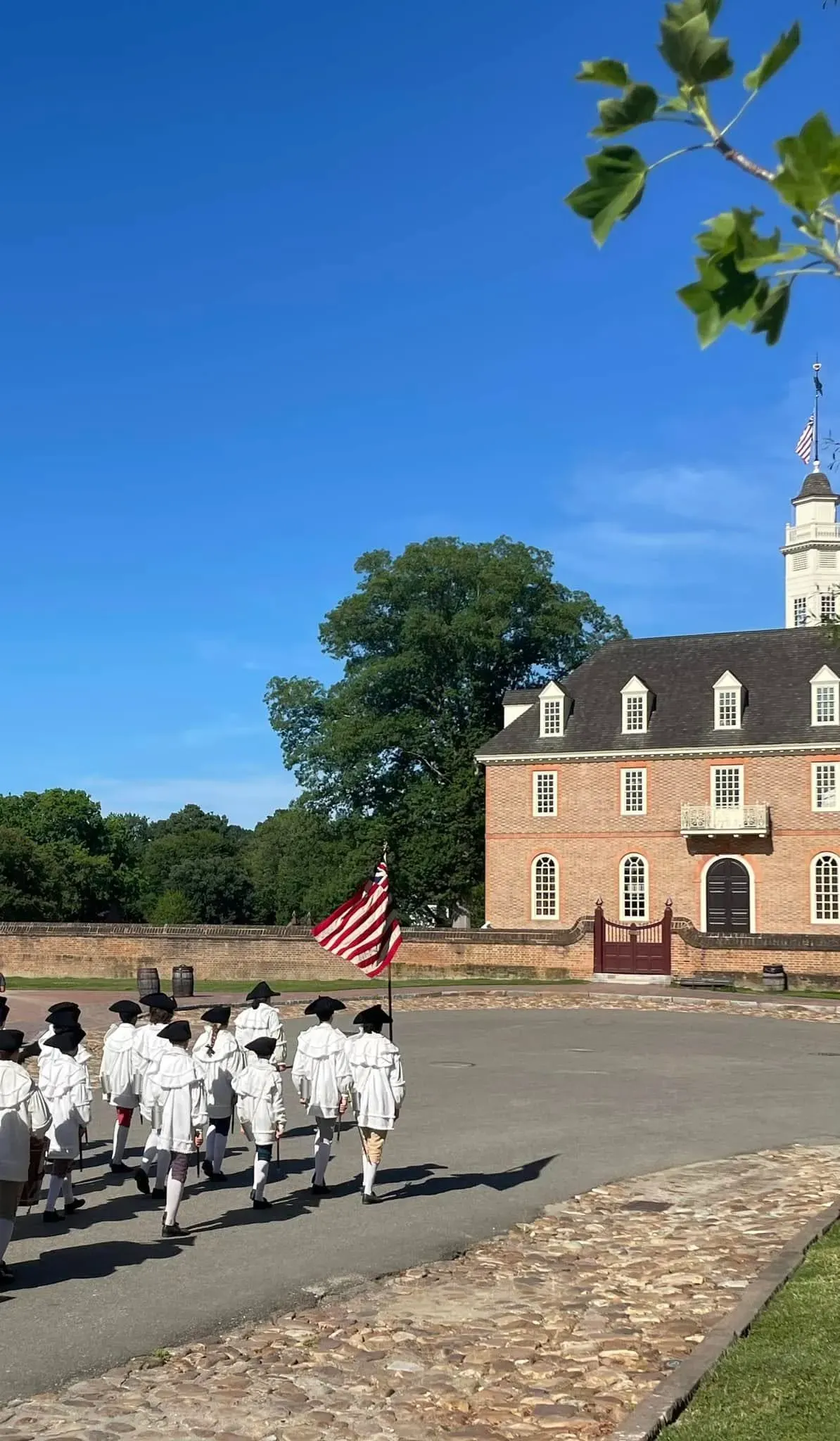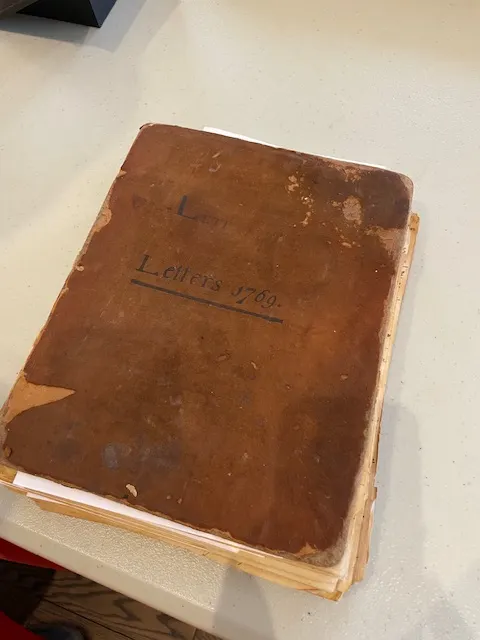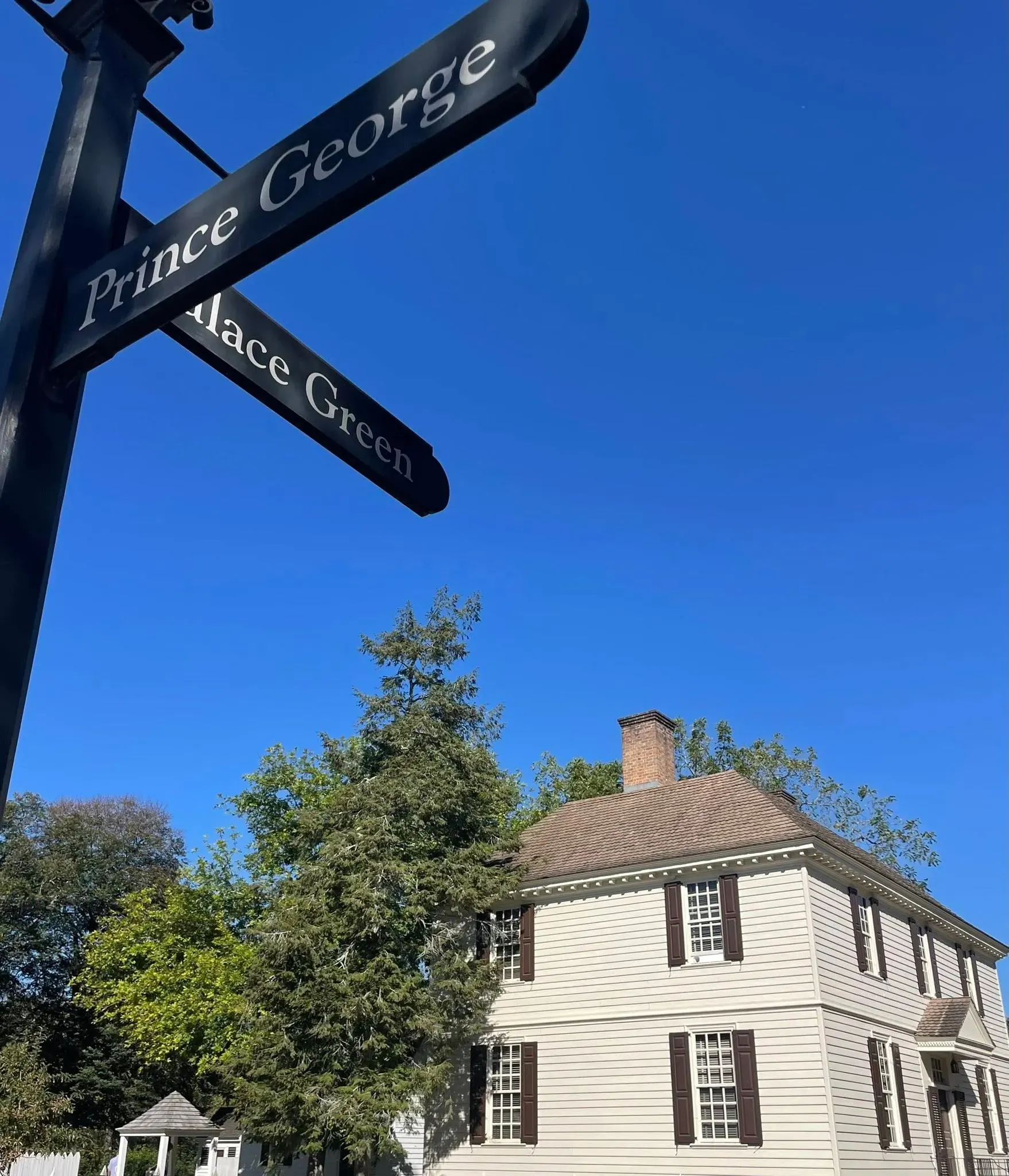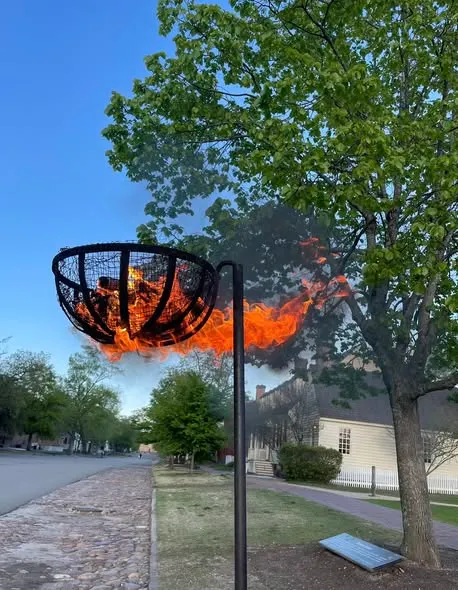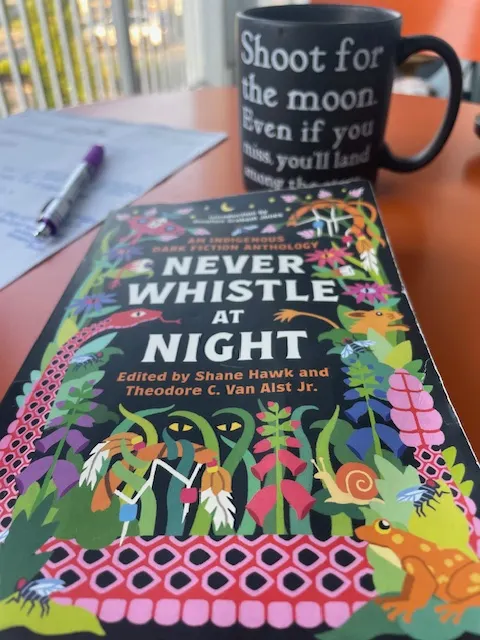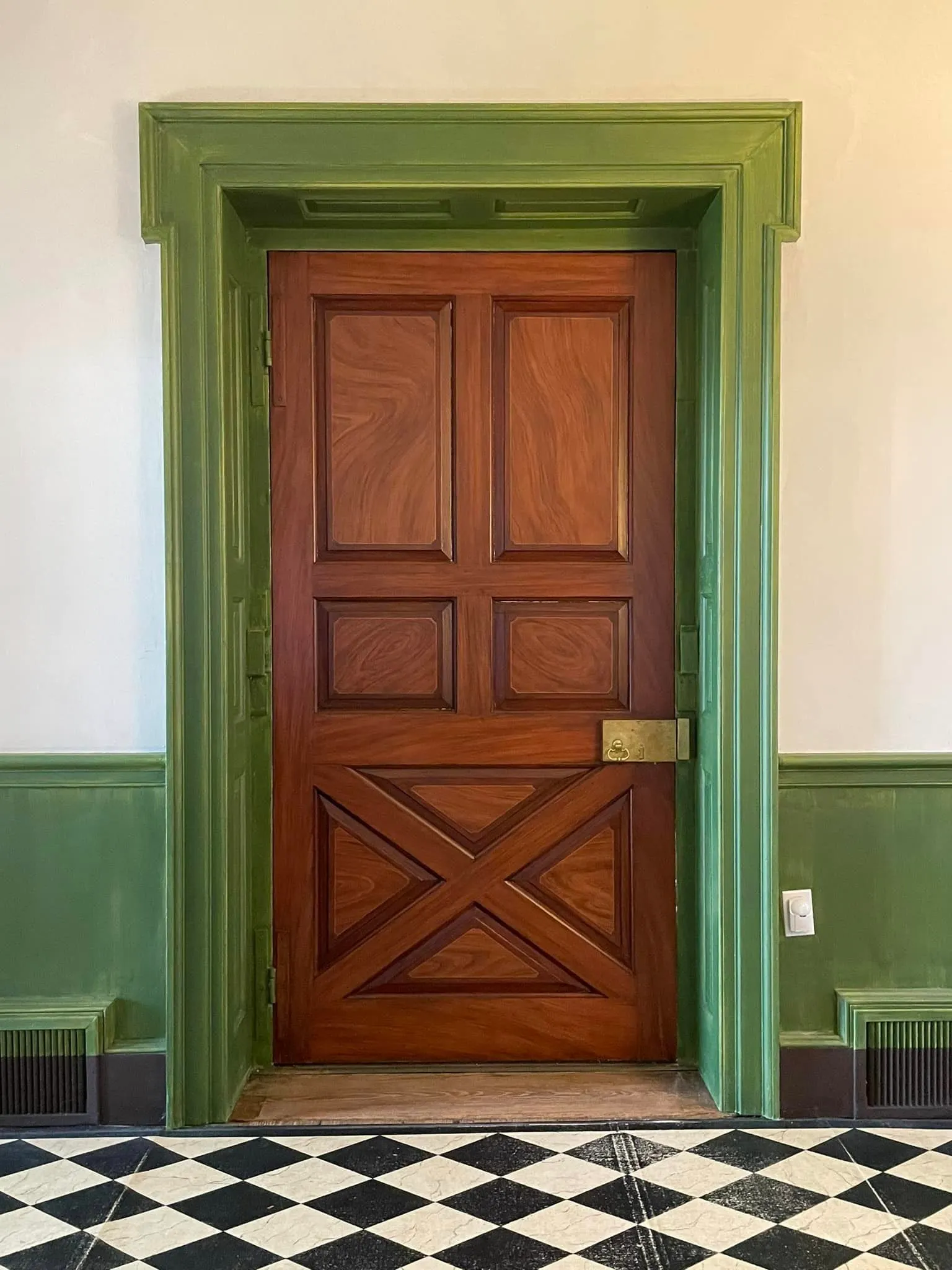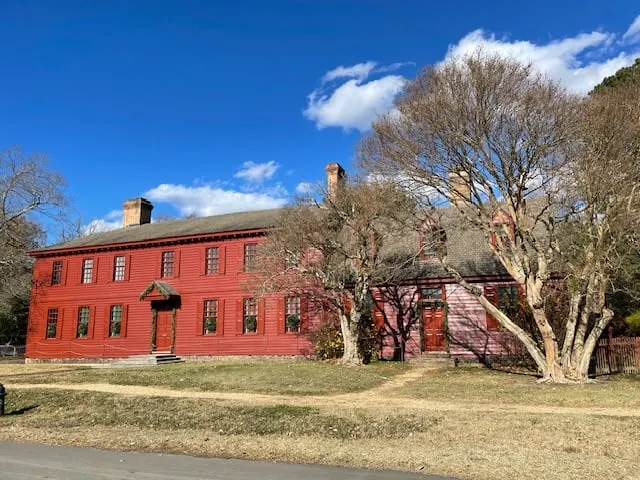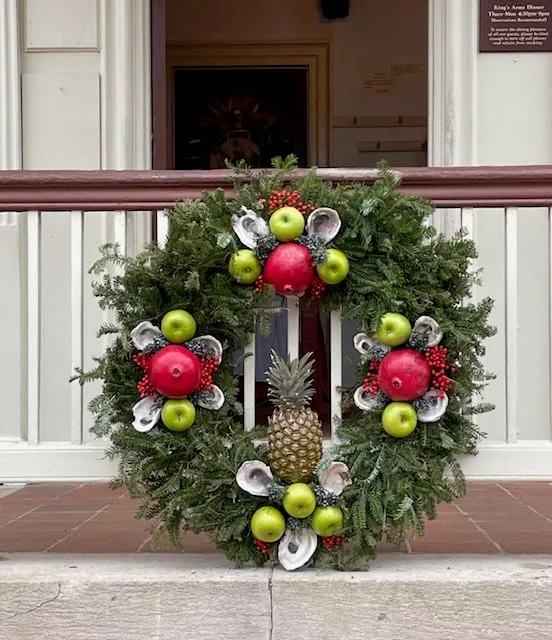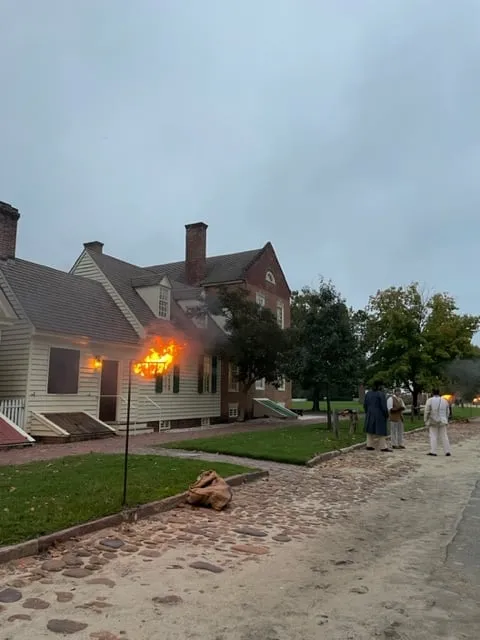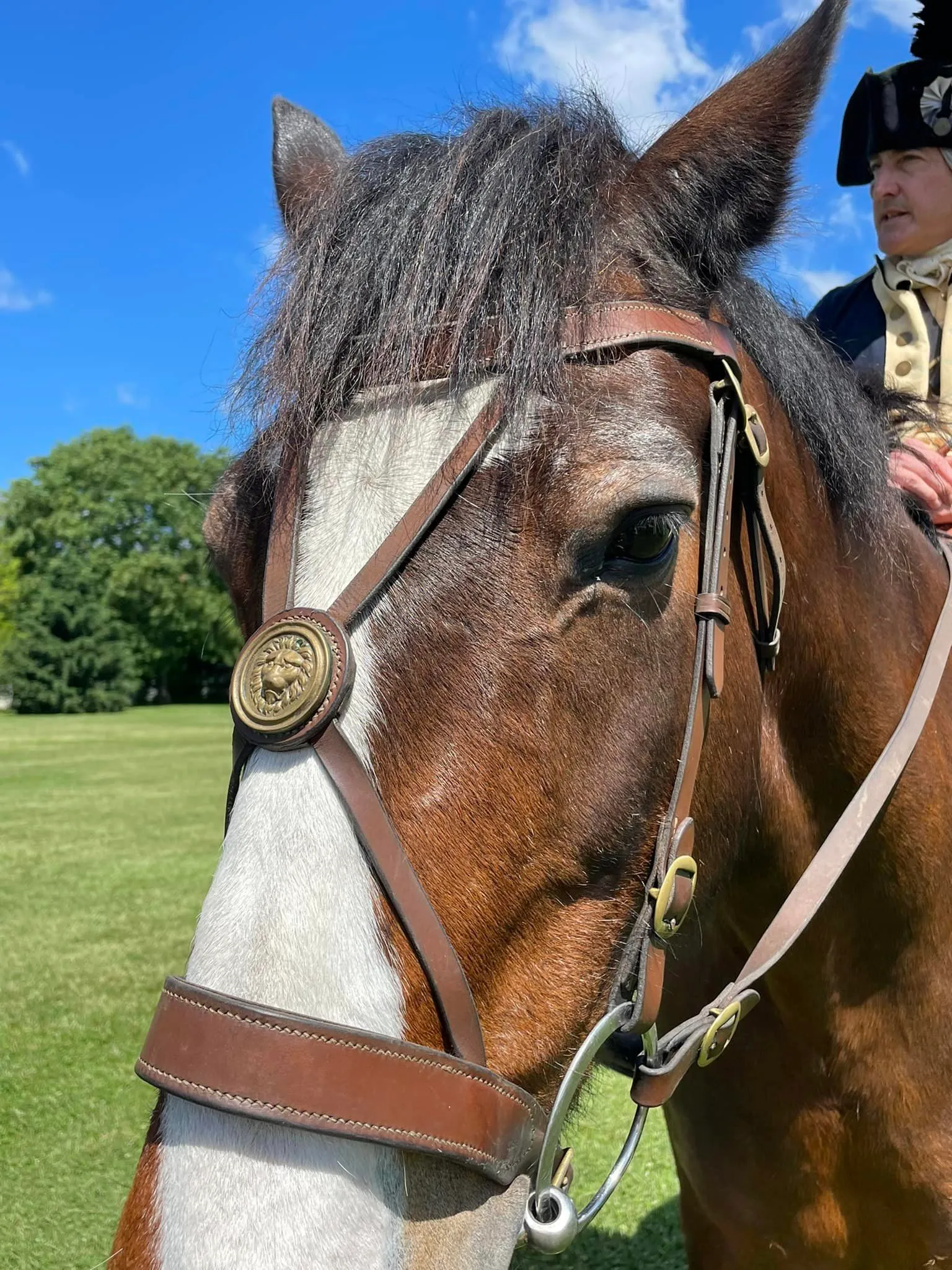History Isn't Always Visible: I Saw Kinheche and Never Will Again.
Have you glimpsed history before it went into storage for the rest of your life? I have.
This miniature of Kinheche went back into storage for several decades, and I won't be around when it comes back out.
I've wanted to write about Kinheche since I saw a Colonial Williamsburg (CW) presentation about him and actually viewed the artifact that inspired the November 2023 lecture. But I had no idea where to start and how to structure the post.
Art? Native American history? 19th century treaties? A possible love story?
It's been too long and I made a decision: I'll start anywhere.
RELATED: View this piece on CW's online collection by clicking here.
Disclaimer: As a blogger, I use affiliate links sometimes! I may receive commission from purchases I share; it does not change your price but sometimes you might get a discount.
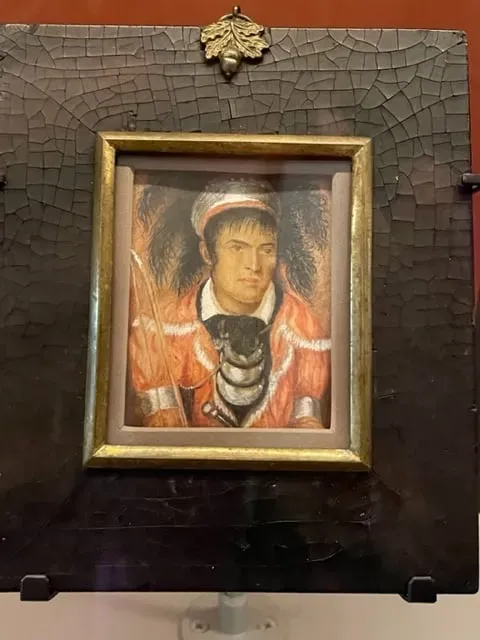
Kinheche miniature, as displayed November 2023.
Art
Carolyn Dudley's talent blows me away. The daughter of Guilford Dudley, Franklin Tennessee's mayor in 1830, she was also an artist. I cannot imagine the talent, time, and focus it took for her to create such an intricate rendering in watercolor on ivory.
The miniature is 2 and 3/4 × 2 and 1/4 inches.... yes, that tiny.
However, it was a common technique for portraits you can carry with you before photography! Read more here from the Gibbes Museum of Art in Charleston South Carolina- a place added to my list "to visit." It's a fantastic breakdown of the technique and history if you're interested.
The provenance of this ivory miniature is spectacular: it was descended through the family of Carolyn's sister, then donated by the last private owner to the Lincoln County Museum in Fayetteville, Tennessee in 2004! Later acquired by CW.
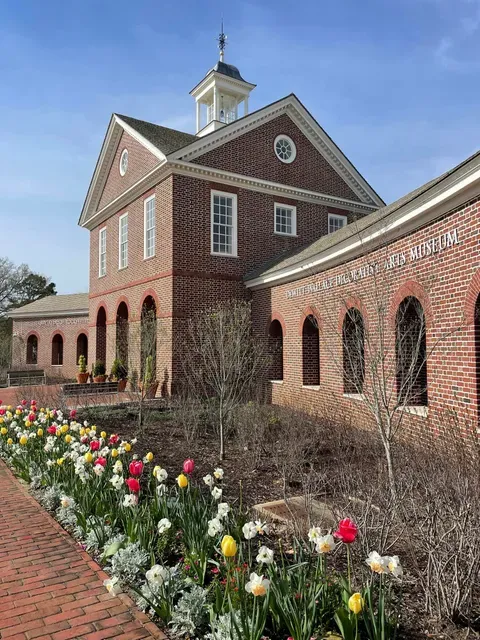
Entrance view- Art Museums of Colonial Williamsburg
Native American history
While it's an understatement to say there's a lot to be learned about the indigenous tribes of North America, learning about Kinheche gave me a glimpse. Fortunately, we have an active program here in CW to continuously add to my education, and that of anyone visiting.
Learn about the CW program here.
Kinheche was in Franklin Tennessee representing the Chicksaw nation in 1830. Why?
What I do know is this: in 1830 President Jackson signed the Indian Removal Act.
That summer, for political or authentic purposes- I'm not going to theorize- he greeted a delegation for a treaty summit in Franklin. All of this part of the overall history where displacement of indigenous nations came to a head in that period. Kinheche was part of that delegation, having fought in the Creek War.
This leads to an aspect of 19th century American history worth diving deeper into and if you want to start before I get there and am able to give you more, begin here.
Your thoughts and suggestions are important to me- please share any in the comments or if you're a subscriber (use the form on this page), feel free to email me!
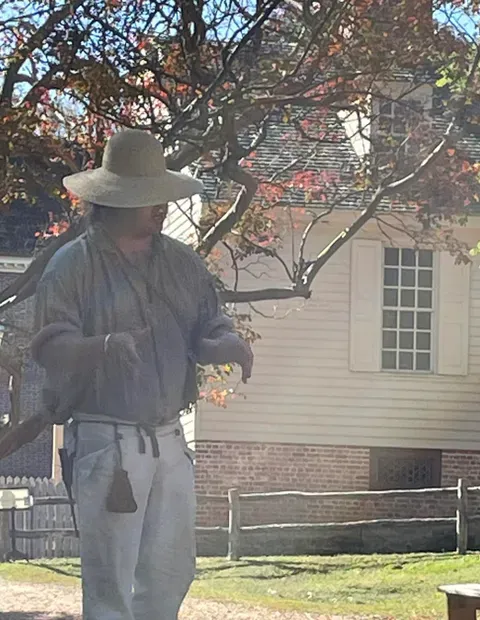
Indian program and interpretation, CW stage.
A possible love story
And another thought- one more sentimental and focused on these two people that brought this bit of history to light for me.
Why did the mayor's daughter create this masterpiece (my word- I love it so very much if you couldn't tell!)? The Dudleys were spectators to the treaty summit, placing Carolyn in the room and able to see Kinheche in action, day after day in the summer of 1830.
Maybe there was something that drew her to Kinheche of all the men in the room. I'll give credit where it's due. The historian that gave CW's presentation to us last November planted the seed of thought into us that perhaps there was a love story to be written... maybe an idea for historical fiction. I don't disagree.
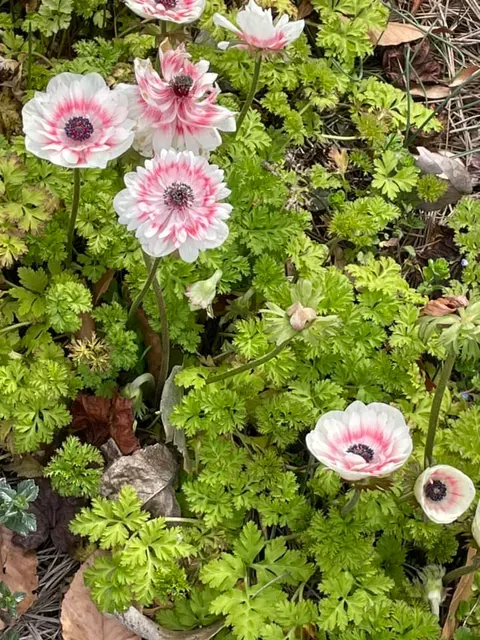
Anemones, Colonial Garden in CW
My call to action before our closing words from history: Find hidden history while you can!
Whether the history is hidden, unexpectedly in plain sight, or temporarily available like the Kinheche miniature: go find it.
Examples that you might be inspired by:
Hidden.
I found out from Richard Schumann, who portrays Patrick Henry here at CW, and who I've mentioned in previous posts, that there's some "hidden Henry" inside some buildings!
1) his chair sits in the Governor's Palace dining room, ironically in front of Lord Dunmore's writing desk
2) his walking stick leans against the wall in one of rooms at the Wythe House
You must seek hidden history out. Ask the right questions. Or simply keep your eyes and minds open.
Unexpectedly in plain sight.
- Did you know the Marquis de Lafayette's carriage (one used during his 1824 tour) sits in the Studebaker Museum in Indiana?
- Or how about what Lafayette has referenced as the most realistic likeness of George Washington, is a bust in the Old North Church in Boston?
- And I've been told by the Master tailor in CW that Thomas Jefferson's greatcoat is tucked away in the Los Angeles Museum of Natural History- however may not be on display - I'll have to check if I get out there and hit the museum!
Temporarily available.
Much of what we get to see at the Art Museums of Colonial Williamsburg can fall into this category.
- the collection is massive and
- preservation is priority, so sometimes art must go into safe storage
If you visit here, make sure to stop in and view the new clothing exhibit which will be here for a total of around 3 years, but is expected to rotate the display pieces. Mary Doering's collection of 18th and 19th century clothing is worth the time. Again, once in a lifetime possibilities!
You can find early American history everywhere.
Are there any historic pieces you've seen that are now in storage for the rest of your lifetime? Please share in the comments!
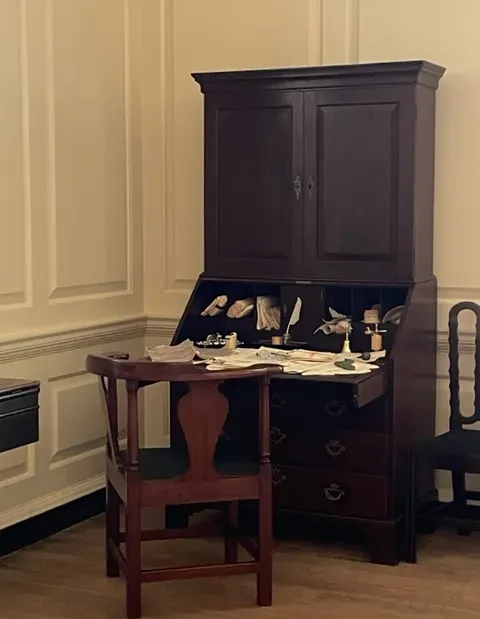
Patrick Henry's chair with Lord Dunmore's desk
Closing words from history.
Today's primary sourced words come from the actual Indian Removal Act of 1830, which you can read in full on the Library of Congress' website by clicking here. (go to the bottom of the script and continue by flipping pages.)
TWENTY-FIRST CONGRESS SESS 1 Ch. 148 1830.
Chapter CXLVIII -- An act to provide for an exchange of lands with the Indians residing in any of the states or territories, and for their removal west of the River Mississippi.
Be it enacted by the Senate and the House of Representatives of the United States of America, in Congress assembled, that it shall and may be lawful for the President of the United States to cause so much of any territory belonging to the United States, west of the river Mississippi, not included in any state or organized territory, and to which the Indian title has been extinguished, as he may judge necessary, to be divided into a suitable number of districts, for the reception of such tribes of nations of Indians as may choose to exchange the lands where they now reside, and remove there;
(document continues)
Are you enjoying this blog? Tip me using my online tip jar and keep me caffeinated, researching, and writing about history!
There is a huge practical disclaimer to the content on this blog, which is my way of sharing my excitement and basically journaling online.
1) I am not a historian nor an expert. I will let you know I’m relaying the information as I understand and interpret it. The employees of Colonial Williamsburg base their presentations, work, and responses on historical documents and mainly primary sources.
2) I will update for accuracy as history is constant learning. If you have a question about accuracy, please ask me! I will get the answer from the best source I can find.
3) Photo credit to me, Daphne Reznik, for all photos in this post, unless otherwise credited! All photos are personal photos taken in public access locations or with specific permission.
